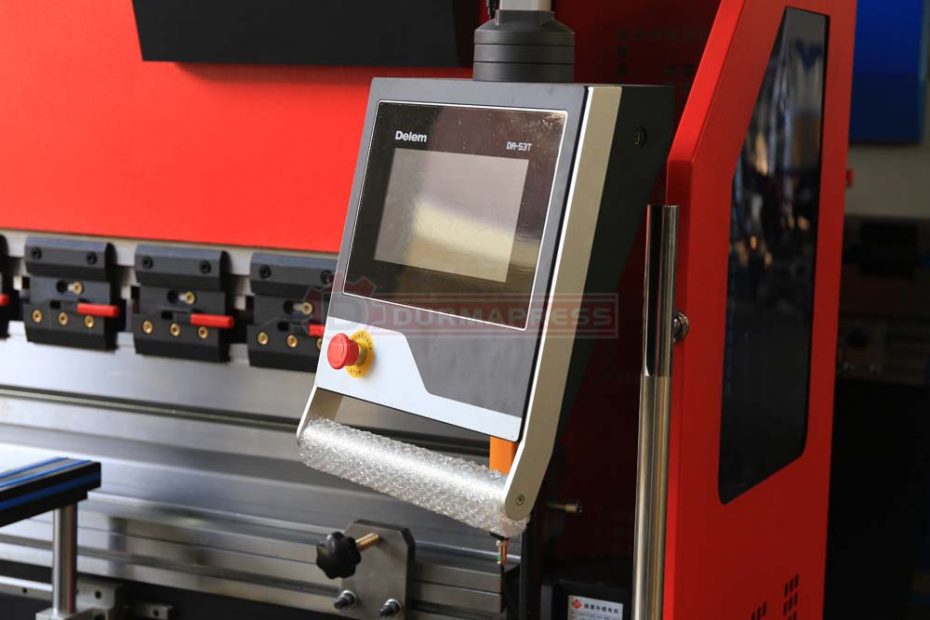1, workpiece: excellent important matters worth considering is the parts you want to produce hydraulic bending machine ,
the point is to buy a machine to complete the processing task and the table is very short, very small tonnage.
Carefully consider the material grade and large machining thickness and length hydraulic bending machine.
If the bulk of the work is low carbon steel with a thickness of 16gauge and a large length of 10 feet, the free bending force need not be greater than 50 tons.
However, if you are doing a lot of concave die forming, you may want to consider a 150 tonnage hydraulic bending machine.
Assuming a very thick material of 1/4 inch, a 10 ft free bending would require 165 tons and a bottom die bending
(corrected bending) would require at least 600 tons. If most of the pieces are 5 feet or less, the tonnage is almost halved, greatly reducing acquisition costs.
2, torsion: you also need to consider the possible torsion of the hydraulic bending machine.
Under the same load, the torsion of the table and slider of the 10-foot machine is 4 times that of the 5-foot machine.
This means that shorter machines require less gasket adjustment to produce acceptable parts. Reducing gasket adjustment reduces preparation time.
3, material grade: compared with low carbon steel, stainless steel needs to increase the load usually about 50%,
and most grades of soft aluminum reduced about 50%. You can always get the machine tonnage table from the
hydraulic bending machine manufacturer. This table shows the estimated tonnage required per foot length for different thicknesses and materials.
4, the bending radius of parts: when using free bending, the bending radius of the hydraulic bending machine
is 0.156 times of the opening distance of the concave die. In the free bending process, the opening distance of the die should be
8 times the thickness of the metal material. If the bending radius is almost small to the thickness of the material,
it is necessary to carry out bottom concave die forming. However, the pressure required to form a concave die
is about four times greater than that required for free bending. If the bending radius is less than the thickness
f the material, it is necessary to use the punch of the front fillet radius is less than the thickness of the material,
and resort to embossing bending method. In this way, 10 times the pressure of free bending is required.

